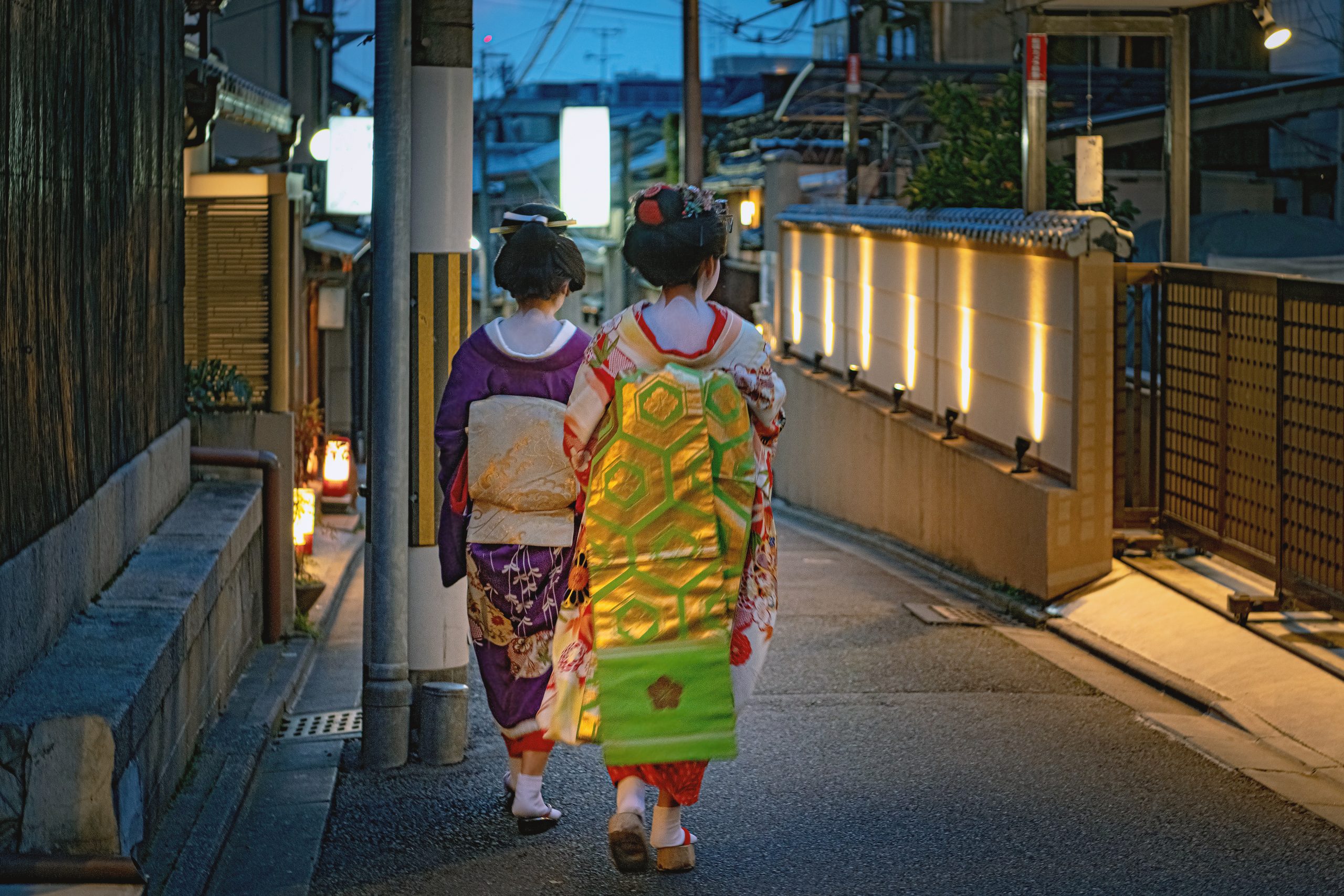Kyoto, with a history spanning 1000 years
Kyoto became known as “Kyoto” some time after the establishment of Heian-kyō. In 794, Emperor Kanmu founded Heian-kyō, and this new capital was called “Heian-kyō.”
The name “Kyoto” started to be commonly used from the latter part of the Heian period to the Kamakura period. During this time, Heian-kyō, affectionately known as “the capital city” (Miyako no Miyako), gradually began to be referred to simply as “Kyoto.” The name “Kyoto” spread and became widely adopted during this period.
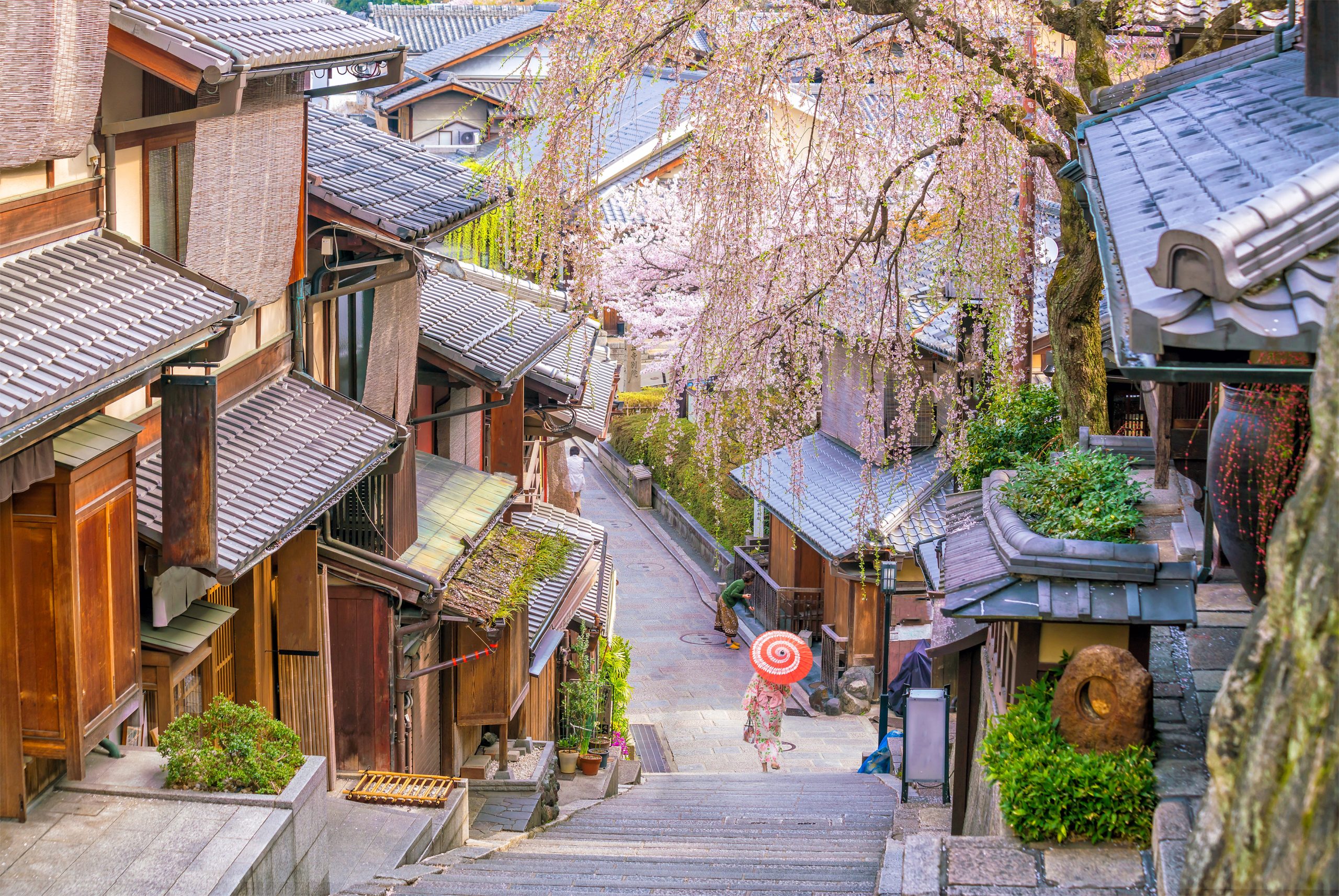
Kyoto, the ancient capital
Kyoto was the capital of Japan from 794 to 1868. This period spans from the establishment of Heian-kyō in 794 to the Meiji Restoration in 1868, when the capital was moved to Tokyo. Therefore, Kyoto served as the capital for approximately 1074 years.
History of Kyoto
Ancient Beginnings
Kyoto, formerly known as Heian-kyō, has a rich history that dates back over a millennium. The city was officially established in 794 AD when Emperor Kanmu moved the capital from Nara to escape the influence of powerful Buddhist clergy. Kyoto was modeled after the ancient Chinese capital of Chang’an (modern-day Xi’an), with a grid-like layout and numerous grand palaces and temples.
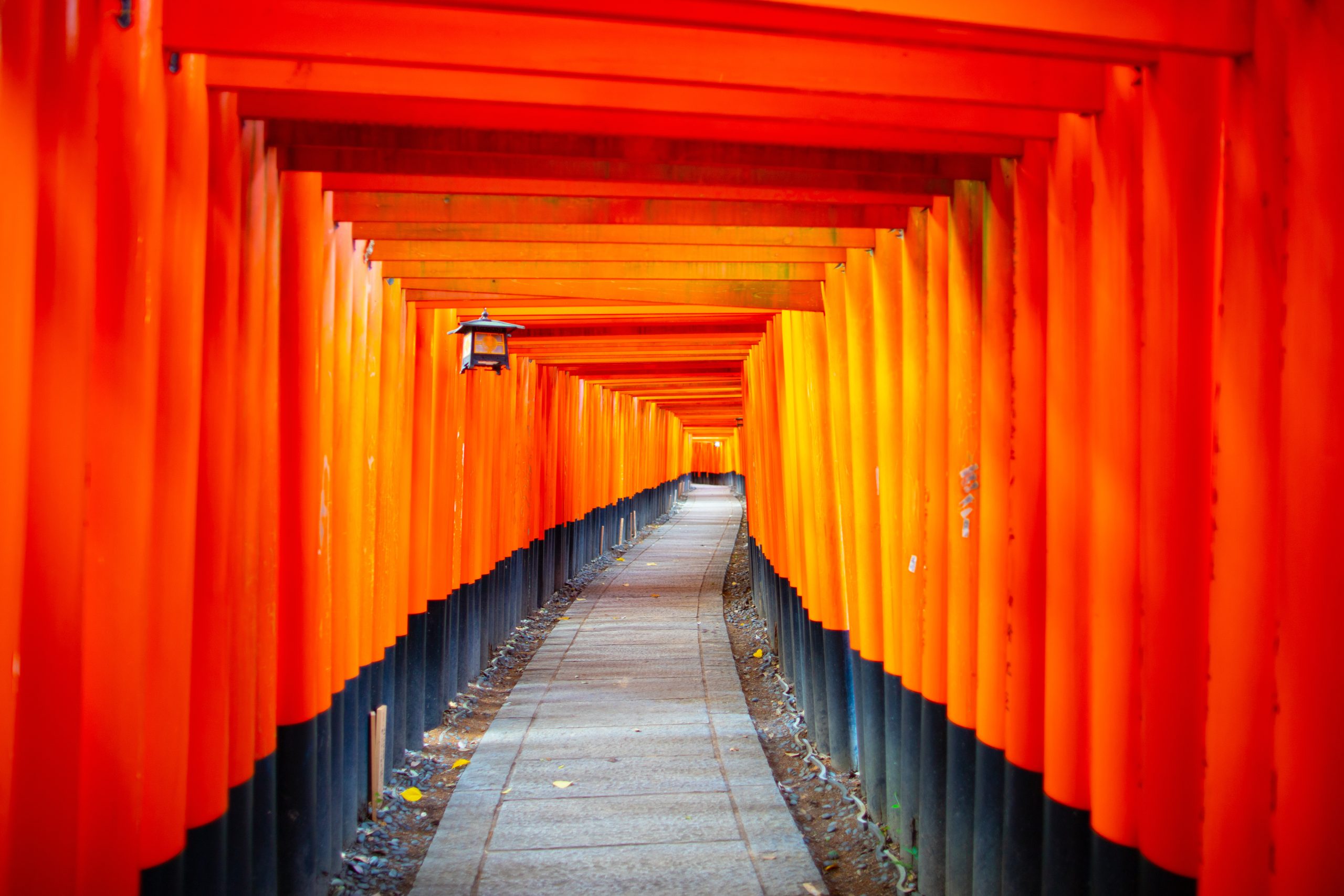
Heian Period (794-1185)
During the Heian period, Kyoto flourished as the political, cultural, and artistic center of Japan. It was a time of great cultural achievements, including the creation of classical Japanese literature such as “The Tale of Genji” by Murasaki Shikibu. The aristocracy played a significant role in shaping the cultural landscape, leading to the development of unique Japanese art, poetry, and court customs.
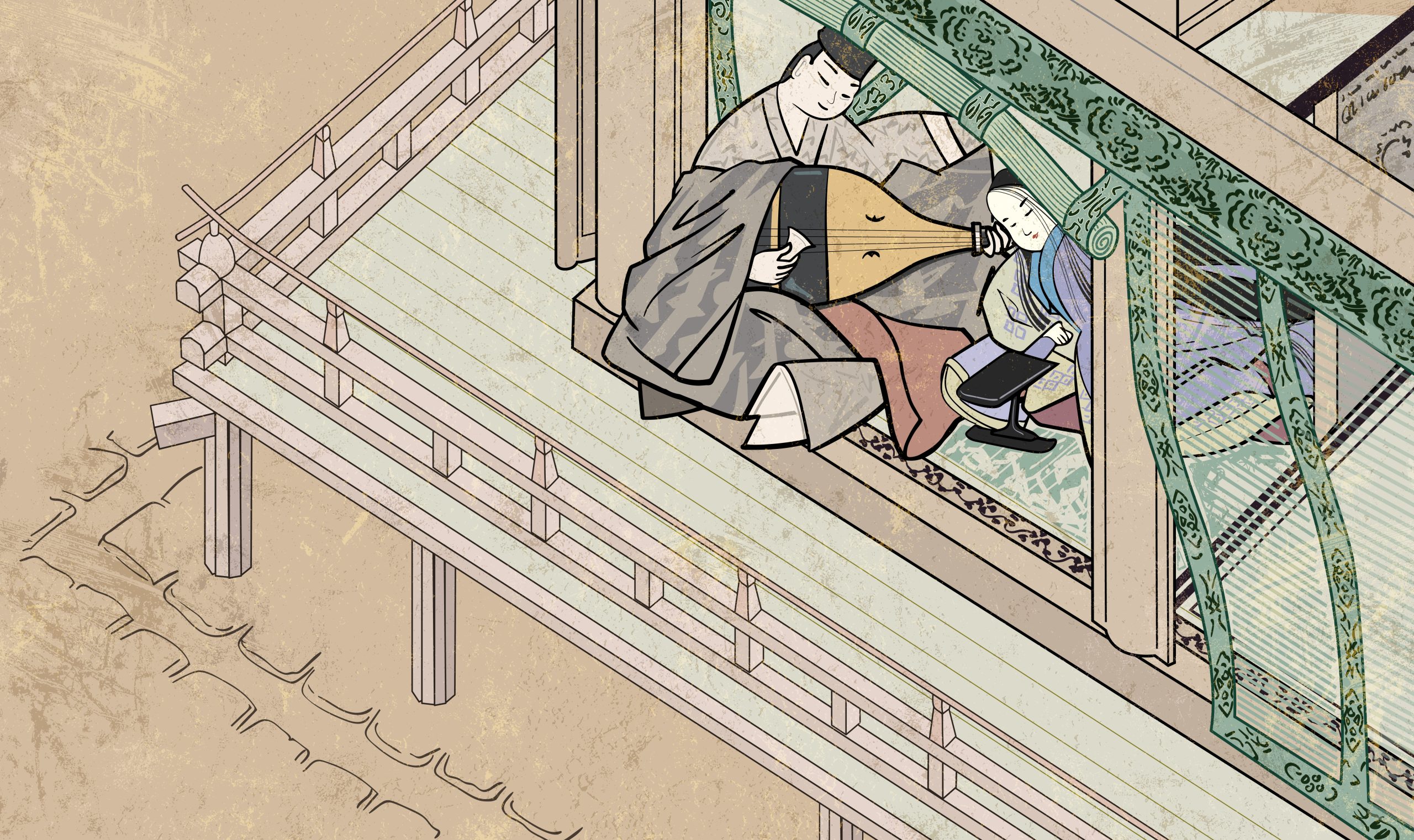
Kamakura and Muromachi Periods (1185-1573)
The Kamakura period marked the rise of the samurai class and the establishment of the Kamakura shogunate, reducing Kyoto’s political influence but leaving its cultural prominence intact. The Muromachi period saw the Ashikaga shogunate establish its base in Kyoto, bringing a revival of the city’s cultural and economic importance. Zen Buddhism, tea ceremonies, and Noh theater flourished during this time.
Sengoku and Azuchi-Momoyama Periods (1467-1603)
Kyoto suffered significant destruction during the Onin War (1467-1477), a civil war that devastated the city and surrounding areas. Despite the turmoil, Kyoto remained a key cultural hub. The Azuchi-Momoyama period, under leaders Oda Nobunaga and Toyotomi Hideyoshi, saw the city rebuild and experience a renaissance of sorts, with the construction of iconic landmarks like Nijo Castle and various grand temples and gardens.
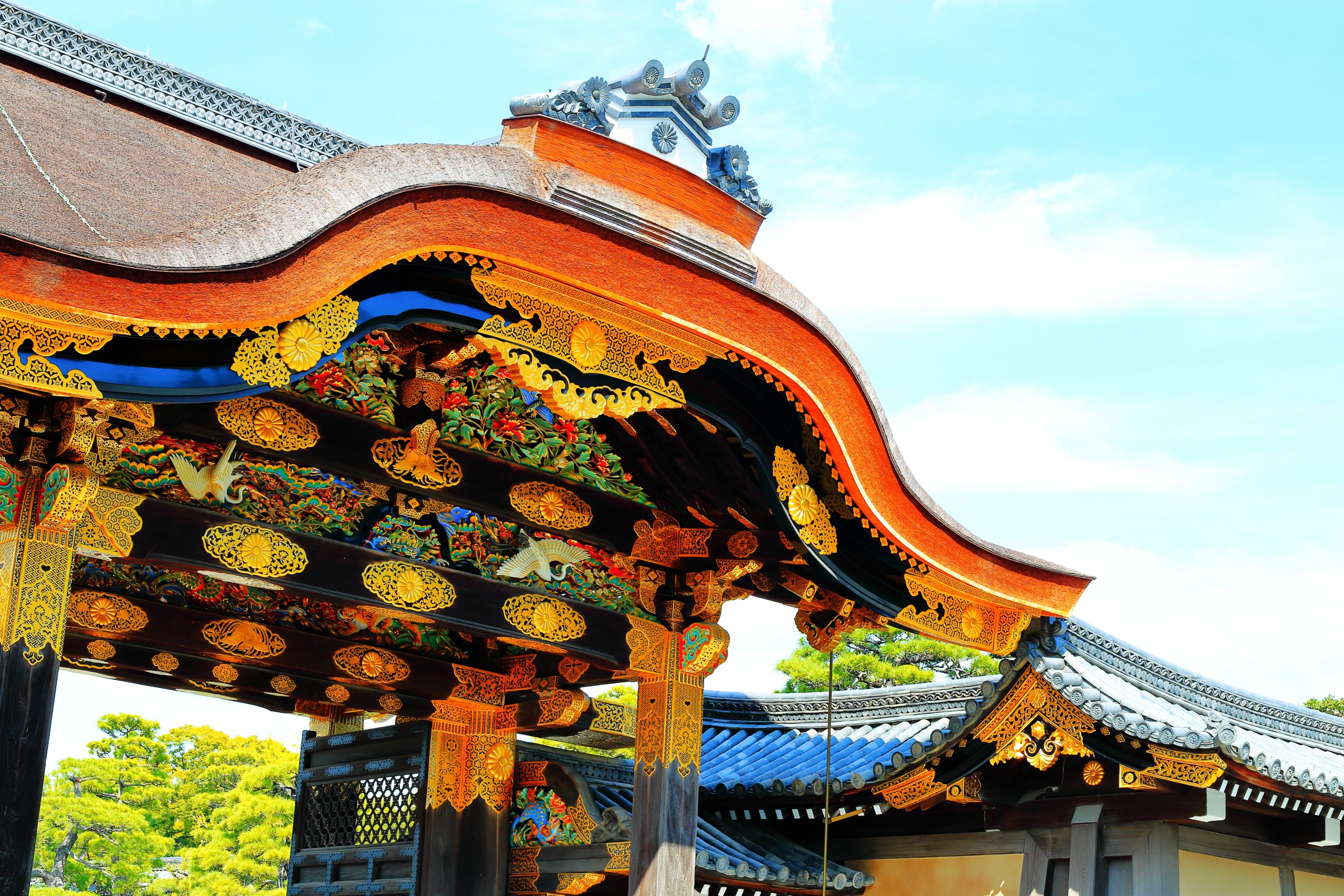
Edo Period (1603-1868)
During the Edo period, Kyoto remained the home of the Imperial Court, even though political power was concentrated in Edo (modern-day Tokyo) under the Tokugawa shogunate. The city continued to be a center of traditional culture, producing refined arts such as kimono weaving, pottery, and lacquerware. The Kyoto Imperial Palace and numerous temples and shrines from this period remain important cultural sites.
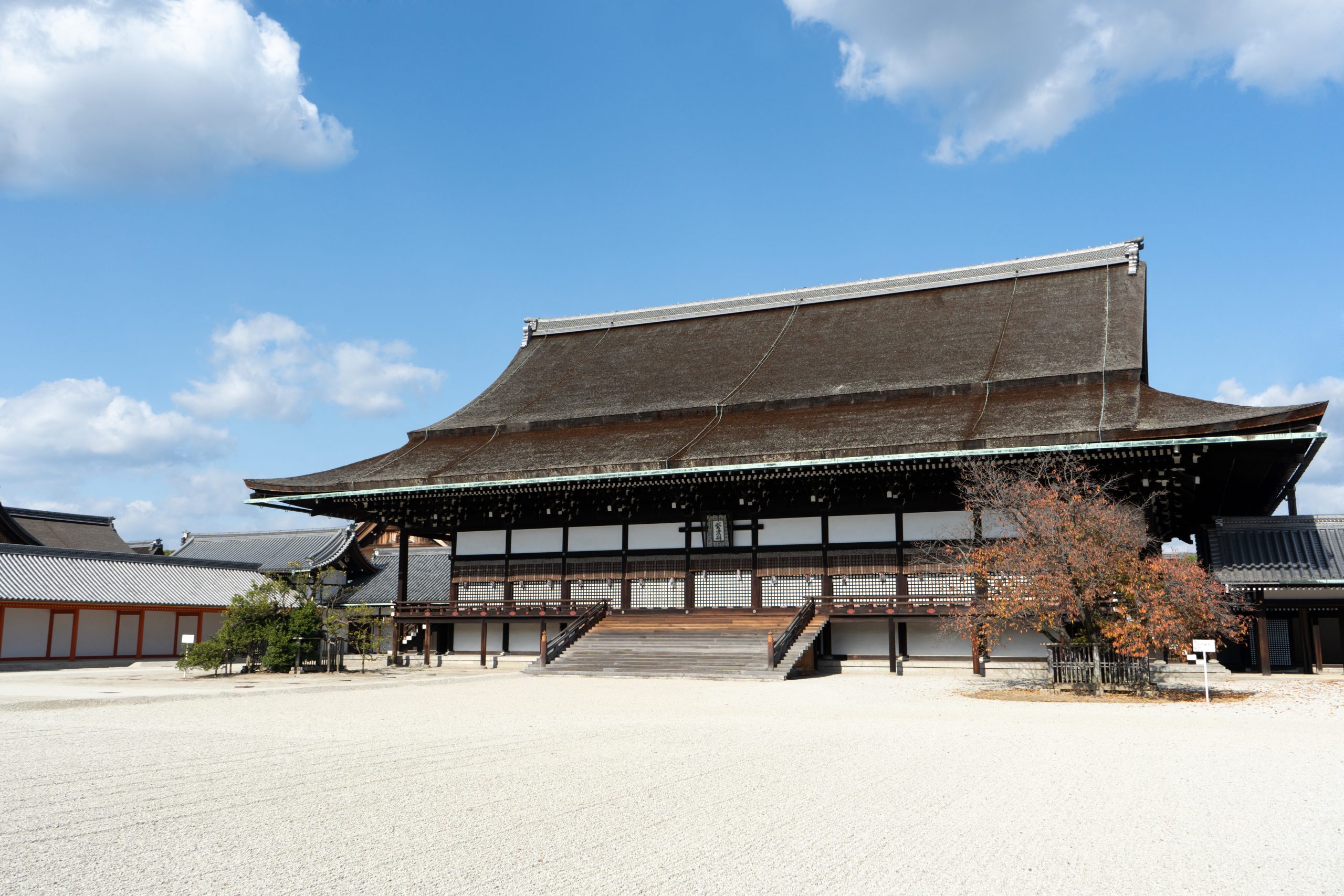
Meiji Restoration and Modern Era (1868-Present)
The Meiji Restoration of 1868 marked the end of the shogunate and the return of political power to the Emperor, who moved the capital to Tokyo. Despite losing its status as the capital, Kyoto continued to thrive culturally and academically. During World War II, Kyoto was spared from large-scale bombings, preserving its historical architecture.
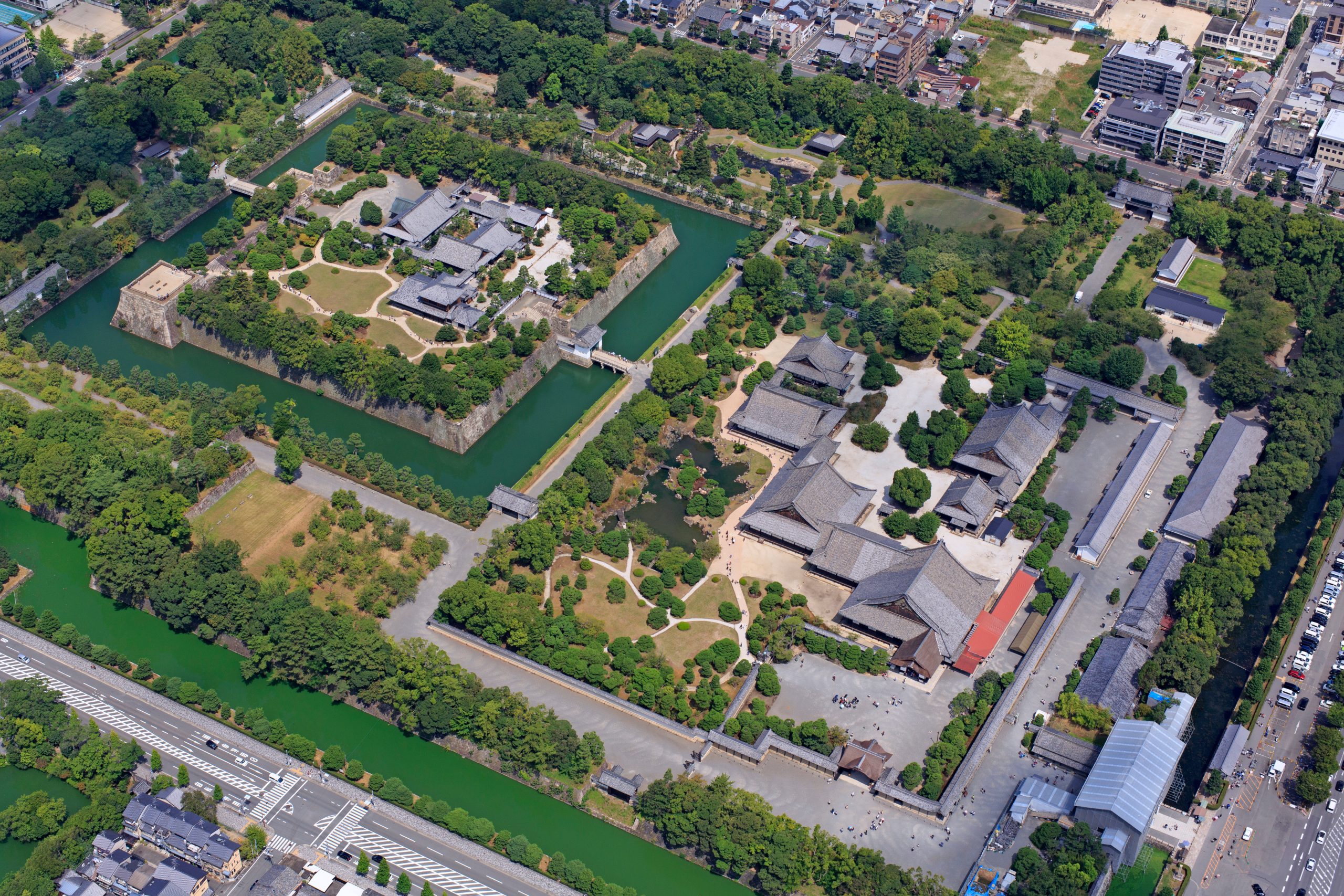
Today, Kyoto is known for its well-preserved heritage sites, including 17 UNESCO World Heritage Sites such as Kiyomizu Temple, Kinkaku-ji (the Golden Pavilion), and Ginkaku-ji (the Silver Pavilion). The city is a major tourist destination, attracting millions of visitors annually who come to experience its ancient temples, traditional tea houses, and vibrant festivals.
